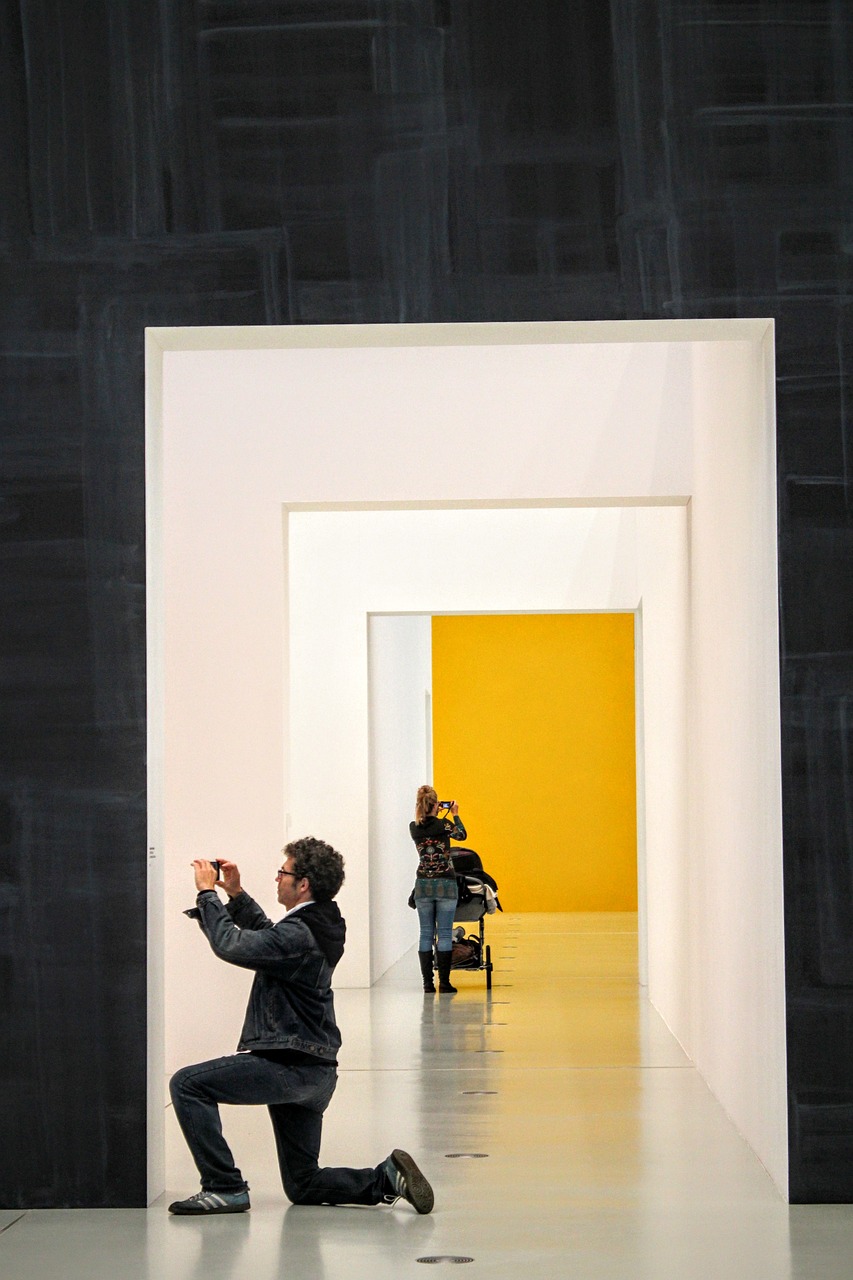Basking in the Afterglow: The Unforeseen Popularity of Virtual Art Galleries
Introduction: In a world where technology takes center stage, the arts have found a new platform to thrive. Virtual art galleries are revolutionizing the way we consume art, making it more accessible while preserving its essence. This new trend promises to reshape the arts and entertainment industry.

A New Canvas: The Birth of Virtual Art Galleries
Virtual art galleries are not a new concept. In fact, they have been around for a couple of decades. However, their popularity has skyrocketed in recent years due to advancements in digital technology and the global pandemic that forced people indoors. With physical art galleries and museums shutting down due to health concerns, virtual art galleries became the go-to platform for art enthusiasts and collectors. This shift was not merely circumstantial; it was indicative of a larger trend in the art world.
The Digital Revolution: How Technology Brought Art to the Masses
Before the advent of virtual art galleries, art was often confined to museums and galleries in major cities, making it inaccessible to many. Technology changed that. Virtual reality, 3D rendering, and high-resolution imaging have made it possible to replicate the experience of walking through a physical gallery from the comfort of one’s home. Virtual art galleries have democratized art, making it more accessible to a global audience, thereby expanding the art market.
The Here and Now: Current Trends in Virtual Art Galleries
Today, virtual art galleries are more than just a replacement for physical spaces. They are innovative platforms that allow for interactive and immersive experiences. Virtual reality technology enables viewers to ‘walk’ through a gallery, ‘touch’ art pieces, and even interact with them. Some galleries offer augmented reality experiences, allowing users to ‘place’ art pieces in their own homes. These features have made art more engaging and personal, fostering a deeper connection between the viewer and the artwork.
The Ripple Effect: Impact and Significance
The impact of virtual art galleries is profound. They have opened up the art world to a wider, more diverse audience, thereby democratizing art. They have also given artists a wider platform to showcase their work, especially those who might not have had the opportunity to do so in traditional settings. This has led to a greater diversity of artistic expressions and styles. The virtual format also allows for innovative and interactive art forms that push the boundaries of creativity.
The Future is Now: The Reception and Potential of Virtual Art Galleries
The reception of virtual art galleries has been overwhelmingly positive. While purists may argue that virtual galleries cannot replace the tactile experience of viewing art in person, many appreciate the convenience, accessibility, and innovation that these platforms offer. As technology continues to evolve, so will the capabilities of virtual art galleries. The future of art is digital, and virtual art galleries are leading the charge.
In conclusion, virtual art galleries are more than just a byproduct of the pandemic. They are a revolutionary platform that is reshaping the art world. They have democratized art, made it more accessible, and fostered creativity and innovation. As technology continues to evolve, we can expect virtual art galleries to play an even more significant role in the arts and entertainment industry.





